Classical Film Theory
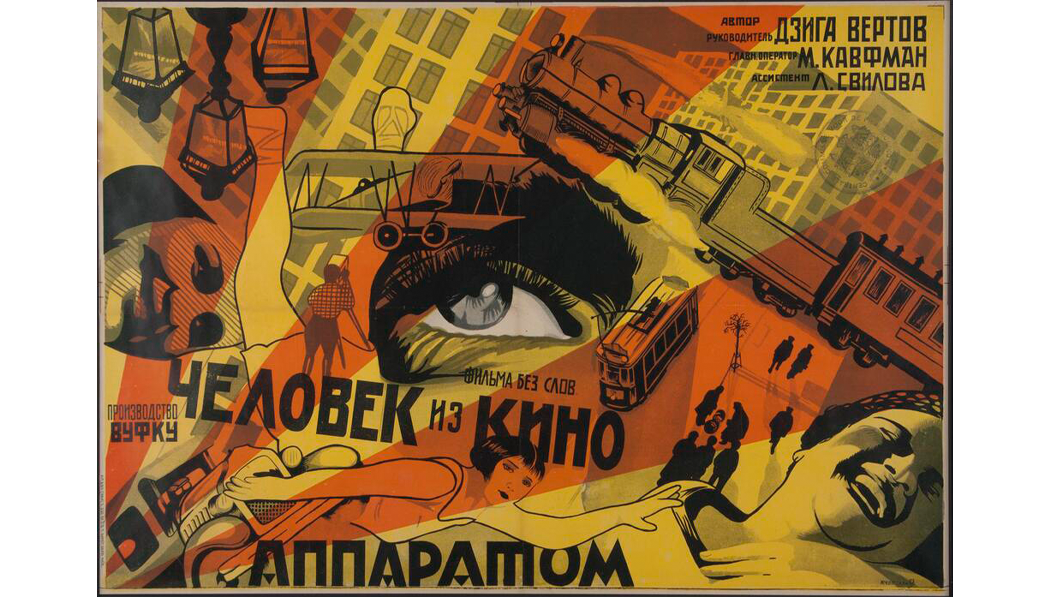
FTVM 272
Faculty Curator: Matthew Solomon (Film, Television, and Media)
On view: Fall 2022
Soviet filmmaker Sergei M. Eisenstein (1898–1948) is famous for his pioneering use of montage–the editing together of short visual sequences in order to condense experience and meaning.
During the early 1930s, Eisenstein became increasingly fascinated with revolutionary Mexico and the artwork of the Mexican Muralist Movement, which combined modernist experimentation with a unique visual vocabulary that drew on Mexico’s indigenous and occupied colonial history. He experienced the movement firsthand during a trip in December of that year. Students in Matthew Solomon’s Classical Film Theory class study an unfinished 1930s film by Eisenstein and consider how Eisenstein’s exposure to Mexican culture and art both consolidated and transformed his filmmaking techniques.
This exhibition for Curriculum / Collection takes Soviet film posters, created by equally pioneering artists who forged new graphic design techniques to convey the montage experiences of films, and presents them next to prints by artists associated with the Mexican Muralist movement, exploring how their aesthetics come together in ¡Que Viva México!
Works Included In This Collection
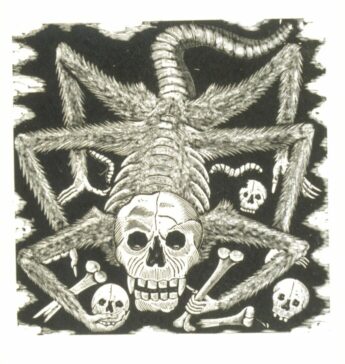


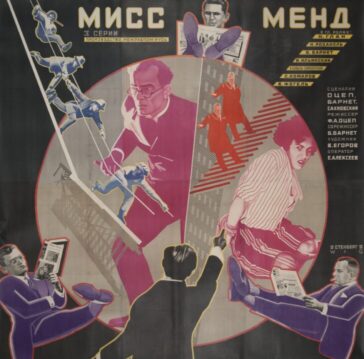
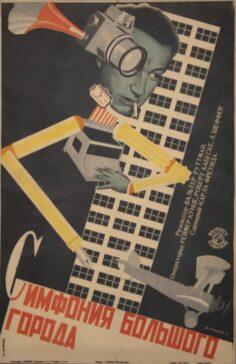
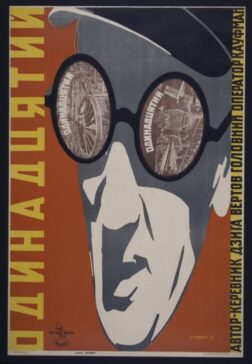
SUPPORT
Lead support for this exhibition is provided by the University of Michigan Office of the Provost, Erica Gervais Pappendick and Ted Pappendick, the Eleanor Noyes Crumpacker Endowment Fund, and the Oakriver Foundation.